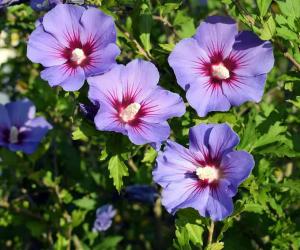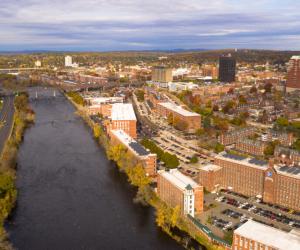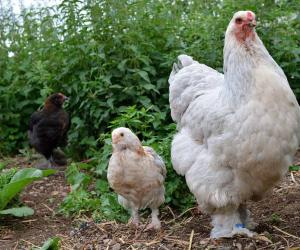The Oldest House in South Carolina Is More than 320 Years Old
South Carolina‘s history is intertwined with the Revolutionary and Civil Wars. The state unfortunately was also bolstered by slavery and the slave trade for a number of years. The oldest house in South Carolina dates back to those days and is over 320 years old.
History of South Carolina
Indigenous people have lived on the land that would one day be South Carolina for thousands of years. When the first British colony was established in the 17th century, the largest Native American tribes in the area were the Cherokee and Catawba, writes the History Channel. Substantial numbers of other tribes such as the Chickasaw, Creek (Muskogean), Shawnee, and Yamasee also lived on the land.
The first European explorers to arrive in South Carolina were actually the Spanish. Lucas Vásquez de Ayllón briefly formed a settlement near Georgetown in the 16th century. The French also explored and briefly settled the area. As British colonists began to claim the land, many Indigenous people died from diseases brought to their continent. Colonists also began to enslave Native Americans and sell them to the British in the Caribbean and other colonies.
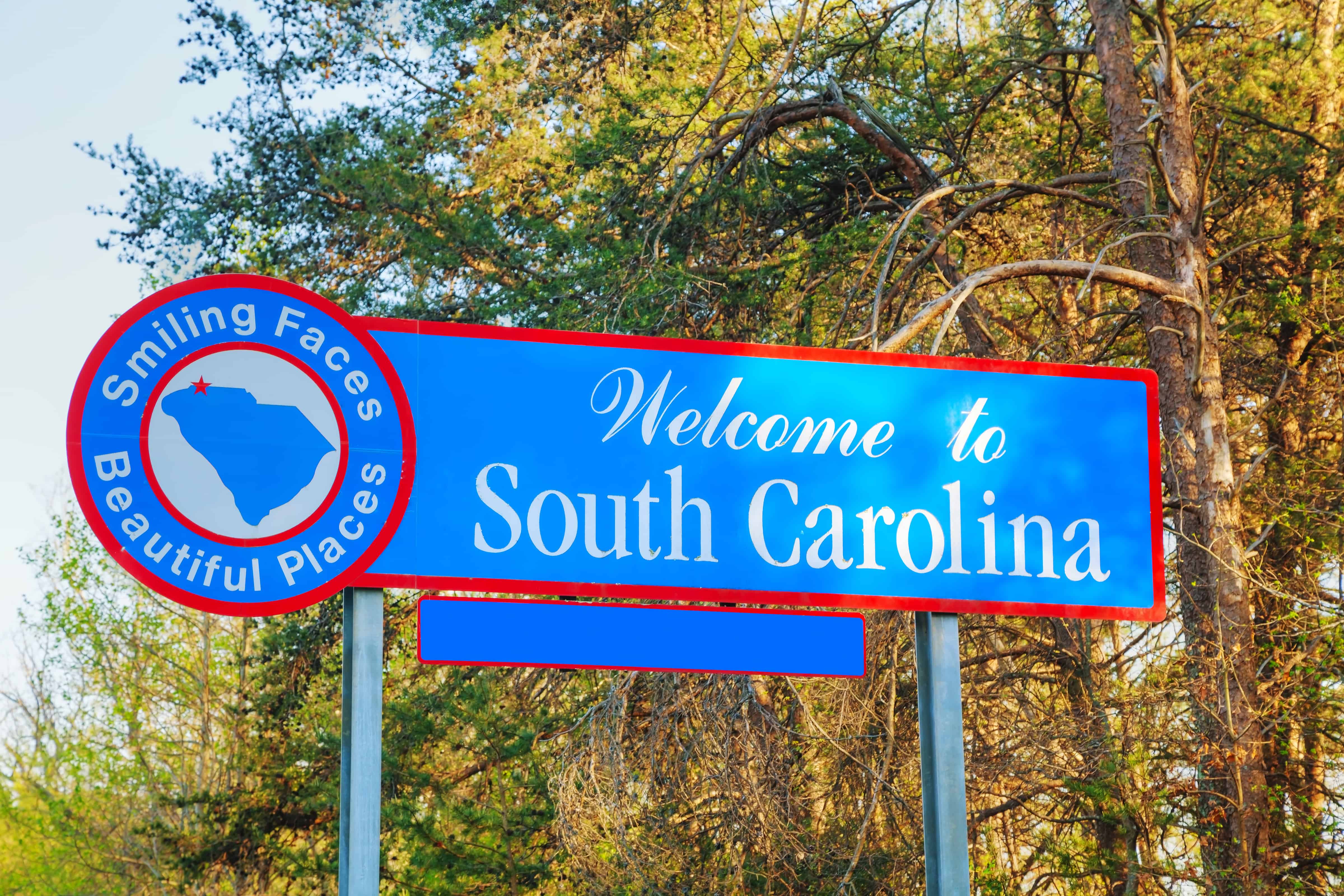
©photo.ua/Shutterstock.com
Revolutionary War and Statehood
During the Revolutionary War, over 200 battles in total took place in South Carolina. They include the Battle of Camden and the Battle of Cowpens, to name a few. By the end of the war, South Carolina became the eighth state to join the Union in 1788.
Indigenous tribes such as the Cherokee who sided with the British during the Revolutionary War were forced to give up most of their territory. However, even for the tribes who sided with the patriots, their hold on their land didn’t last. Today the only federally recognized tribe in South Carolina is the Catawba Indian Nation.
Slavery and the Civil War
The Spanish were the first to bring enslaved Africans to South Carolina. By the 18th century, French and British settlers built rice and indigo plantations throughout the state, and slave labor eventually made South Carolina the wealthiest colony in the Americas. South Carolina also played a significant role in the international slave trade until it was banned in 1808.
In 1860, before the Civil War officially began, South Carolina became the first state to secede from the Union. Confederate forces fired the first shots of the Civil War on Fort Sumter in Charleston Harbor. Many of the war’s final battles also took place in South Carolina. In 1865 the war finally came to an end, and South Carolina was readmitted to the Union in 1868.
20th Century and Modern South Carolina
Despite the end of slavery, the resurgance of the KKK as well as Jim Crow laws and segregation led to many African Americans fleeing South Carolina for larger cities in the Midwest and Northeast. As a result, by 1970 less than one-third of the population was Black.
Various groups, such as the French, German, Swiss, and Scots-Irish, have immigrated to South Carolina over the years. In the 1970s a wave of immigrants from Central and South America also arrived in the state.
Modern-day South Carolina has a flourishing tourism industry. Visitors flock to the state’s white sand beaches and warm temperatures. The state is also known for its historic districts, southern cuisine, and theme parks. South Carolina is even home to more than 350 golf courses, as of 2022.
Origin of the Oldest House in South Carolina
The oldest house in South Carolina is the Middleburg Plantation in Huger, SC. According to South Carolina Plantations, the plantation home was built in 1699 and named after the city of Middelburg in the Netherlands, where the home’s builder and first owner, Benjamin Simons, spent part of his childhood.
The home stayed in the Simons family for many generations, passing to Benjamin Simons the II and III. During the Revolutionary War, the home was targeted to be burned, but for unknown reasons, this never came to be.
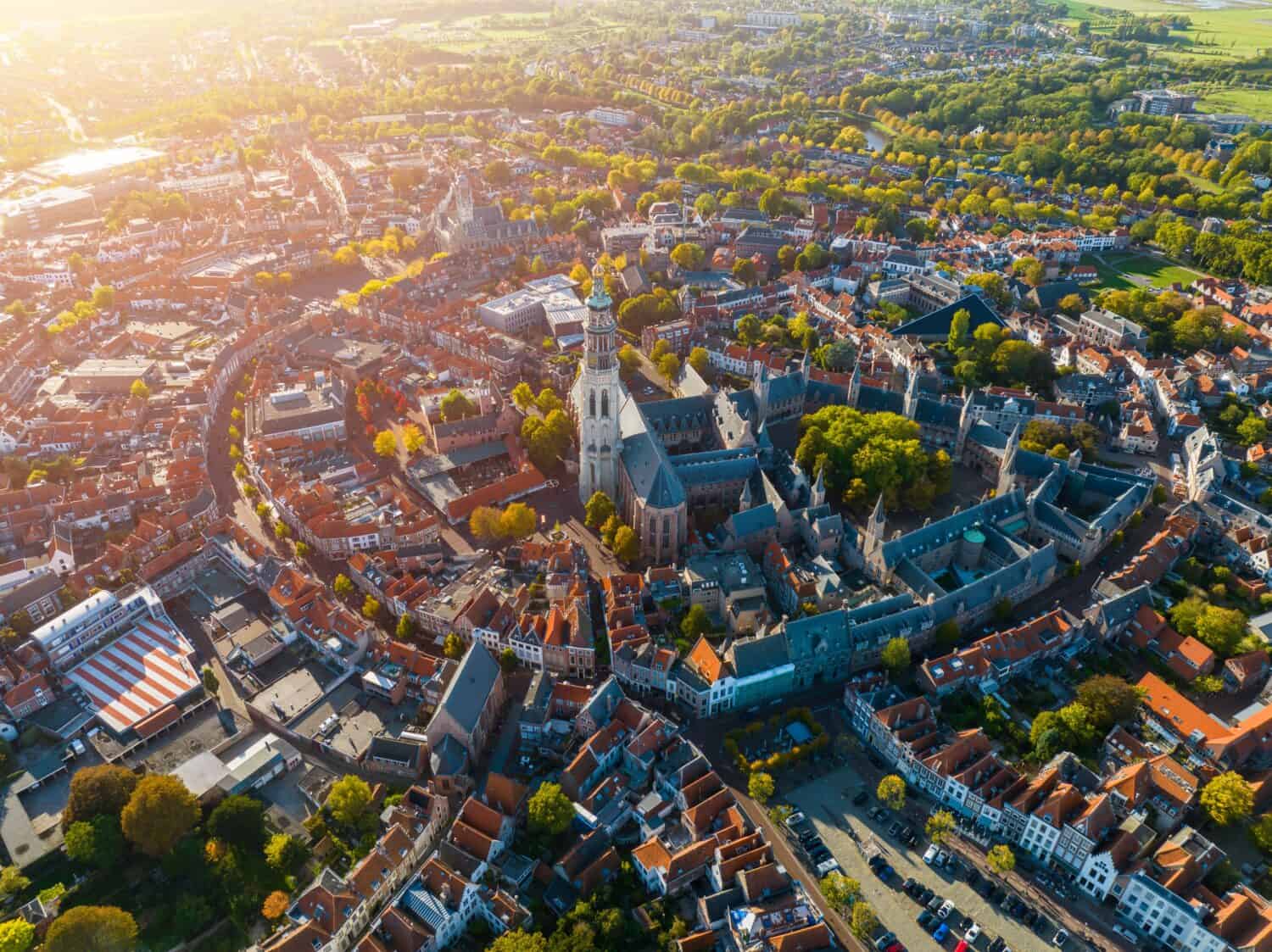
©engel.ac/Shutterstock.com
Benjamin Simons III divided his properties to be given to his three remaining daughters at the time of his death. The house at Middleburg Plantation passed to his daughter Sarah Lydia Simons Lucas. The home remained in the family for several more generations.
In 1872, Middleburg was used as collateral for a loan from John Coming Ball, who eventually foreclosed on the loan and took possession of Middleburg. Somewhat ironically, Ball ended up marrying a Simons descendant and turning Middleburg back into a profitable rice plantation.
The home continued to be passed down in the family for many years and was declared a National Historic Landmark in 1971. Jane and Max Hill purchased the property in 1981 and worked to restore it to its original splendor.
In 2015 Howard Martin Sprock III purchased the plantation for $3.5 million. The Post and Courier reports that the home was sold again to Whitewater Middleburg LLC for $4.5 million in 2021.
Layout
The original Middleburg plantation home was a two-story building with two rooms on each floor. The plantation includes around 400 acres of lowlands in South Carolina. This house is likely the oldest extant standing wood frame building in the state.
According to the National Register of Historic Places, the home is 64 feet long and 39 feet wide including the porches attached to the house. The porches and additional rooms on each floor are believed to have been added in the 18th century. The home is a surprisingly intact example of a transitional two-story frame plantation house.
Other Buildings
Middleburg plantation includes several other buildings on its 400-acre property. One is a 19th-century carriage house. Another is a brick commissary building which some reports state contained a slave jail in the rear.
However, in a recollection shared by South Carolina Plantations, Macky Hill, the child of Jane and Max Hill, discounts the reports of the existence of a slave jail as a “myth.” Hill stated:
The building [corn house/commissary] is early 19th century, but the walls which form the two small spaces were dated by archaeologists from USC as being added much later, in the last quarter of the 19th century, after slavery was long past.”
Macky Hill
Location
Middleburg Plantation is located in Huger, SC in Berkeley County. Huger is an unincorporated community in eastern South Carolina. Berkeley County is considered to be a part of South Carolina’s Lowcountry.
Other Points of Interest in Berkeley County
Berkeley County is a part of South Carolina’s Lowcountry — a region along the state’s coast known for its salt marshes and other coastal waterways. The county contains a number of tourist attractions and historical sites. Here are a few that visitors won’t want to miss.
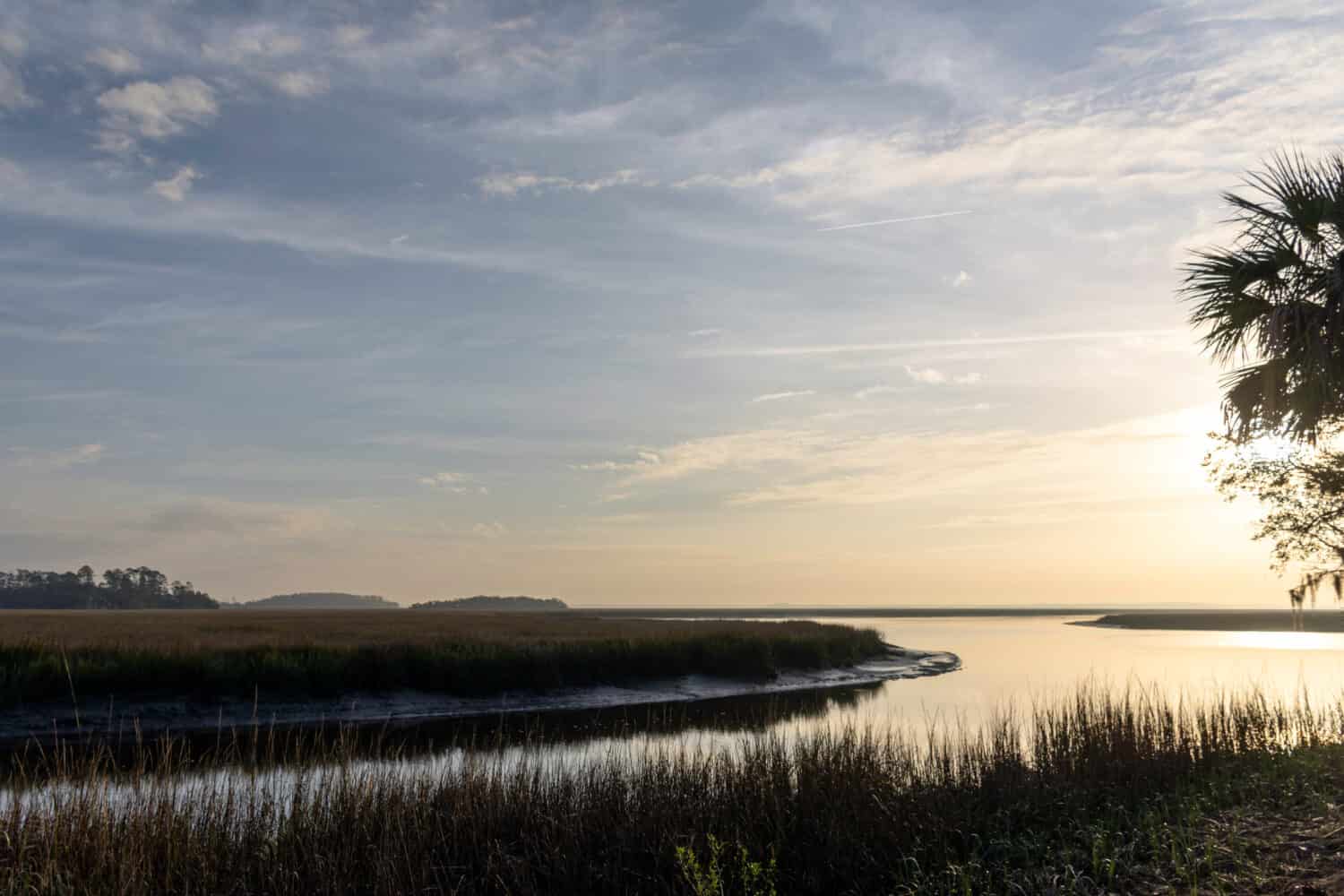
©Joanne Dale/Shutterstock.com
Cypress Gardens
Cypress Gardens is a 170-acre preserve and gardens that includes a bird exhibit, butterfly house, heirloom garden, and more. The area’s “Swamparium” also holds reptiles, amphibians, and exotic fish.
A blackwater bald cypress/tupelo swamp forms the centerpiece of Cypress Gardens. On warm days guests may even see wild alligators basking in the sun. Cypress Gardens contains a number of trails to explore and even offers guided boat tours.
Historical Sites
As we’ve mentioned before, South Carolina is home to a number of historical sites from the Revolutionary and Civil Wars. Some notable sites in Berkeley County include the tomb of General Francis Marion — who rescued a band of captured Americans near Eutaw Springs during the Revolutionary War, according to Blacks Camp.



